 By:
Edit 25
By:
Edit 25
When you enjoy a cannabis strain with a perfect balance of effects, flavor, and yield, you’re likely benefiting from careful seed breeding. Behind every successful cannabis plant is a breeder who selected parent strains, stabilized genetics, and ensured the desired traits passed on to the next generation.
This article explores what seed breeding means in cannabis cultivation, how it works, and why it’s crucial for growers, breeders, and the industry at large. From basic genetic principles to real-world breeding techniques, you’ll learn how today’s most popular strains came to be—and how future ones are being developed.
Seed breeding is the process of intentionally crossing cannabis plants to produce offspring with specific genetic traits. These traits can include THC or CBD content, plant size, resistance to pests, aroma, flavor, or yield. Breeders select two parent plants with desirable characteristics and cross them, often through multiple generations, to stabilize and enhance those traits.
In cannabis cultivation, seed breeding is both an art and a science. It requires deep understanding of genetics, patience, and a clear goal—whether that’s creating a more resilient outdoor strain or refining a high-potency indoor cultivar.
Seed breeding begins with choosing parent plants—usually referred to as male and female—that each exhibit desirable traits. The male plant provides pollen, while the female plant produces seeds when pollinated. Breeders collect seeds from the resulting offspring and observe their characteristics during growth.
This process is repeated over multiple generations to stabilize the traits, a phase known as “genetic stabilization.” It ensures that future plants grown from those seeds will consistently show the desired qualities. This is especially important when creating commercial strains that must perform reliably for growers and consumers alike.
Depending on the goals, breeders may work with regular, feminized, or autoflowering genetics, each requiring slightly different strategies and timing.
Without consistent and reliable seed breeding, cannabis growers would face unpredictable results. The ability to control traits like potency, flowering time, and resistance to mold or pests is essential—especially for large-scale or commercial cultivation. Breeding also enables the creation of new strains that meet market demand for flavor, aroma, or therapeutic effects.
For medical cannabis, breeding plays an even more critical role. Patients rely on consistent cannabinoid profiles, and breeding makes it possible to produce strains with precise levels of THC, CBD, or other minor cannabinoids that suit specific health conditions.
In short, seed breeding drives innovation in the cannabis industry. It not only meets growers’ needs but also shapes the future of cannabis culture and science.

Breeding high-quality cannabis seeds takes time, resources, and a controlled environment. One of the biggest challenges is genetic variation—offspring can express a wide range of traits, not all of which are desirable. This makes it necessary to grow out and test large numbers of plants over multiple generations to isolate and stabilize the best traits.
Another challenge is legal. In many regions, strict regulations on cannabis cultivation limit access to breeding programs or restrict the exchange of genetic material. This can slow innovation and reduce genetic diversity.
Additionally, ensuring stability in feminized or autoflowering seeds requires specialized knowledge and careful planning. Even small mistakes can lead to inconsistent results or unwanted traits like hermaphroditism.
For growers, the true value of seed breeding lies in the seeds themselves. Whether you’re a home cultivator or a commercial producer, choosing seeds from a reputable breeder or seed bank is the foundation of a successful harvest. But how can you tell if the seeds you’re buying are the result of skilled, intentional breeding?
First, look for transparency. A trusted breeder or seed bank will provide detailed information about the strain’s lineage, typical phenotypes, THC/CBD content, flowering time, and growing difficulty. This level of detail indicates that the breeder has conducted thorough selection and stabilization.
Second, consistency is key. Reliable seed breeding should result in seeds that grow into plants with uniform structure, yield, and cannabinoid profiles. If you’re growing multiple plants from the same strain and they’re wildly different in shape or effect, that’s a red flag for weak breeding practices.
Third, consider whether the seeds are regular, feminized, or autoflowering. Each type has its own advantages, and high-quality breeding ensures that feminized seeds don’t unexpectedly produce male plants, or that autoflowering varieties don’t suffer from weak genetics.
It’s also important to pay attention to how seeds are stored and shipped. Even well-bred seeds can lose viability if exposed to heat, moisture, or light. Reputable breeders usually offer seeds in protective packaging with freshness guarantees or germination support policies.
Ultimately, buying seeds is not just a purchase—it’s an investment in genetics. Behind every seed lies the work of breeders who’ve selected, tested, and stabilized traits over time. When that process is done well, you benefit with healthier plants, predictable results, and a more rewarding growing experience.
Seed breeding is more than just a technical process—it’s the creative and scientific engine behind every successful cannabis strain. From ensuring genetic stability to developing bold new hybrids, breeders play a central role in shaping the cannabis landscape.
For growers, understanding the principles of seed breeding is essential. It helps you make better decisions when choosing seeds, recognize quality genetics, and appreciate the effort that goes into creating reliable, high-performing plants. For the industry at large, breeding fuels innovation, improves medicinal applications, and supports the long-term sustainability of cannabis cultivation.
Whether you’re just starting out or you’re a seasoned grower, one truth holds steady: great plants start with great seeds—and great seeds come from great breeding.
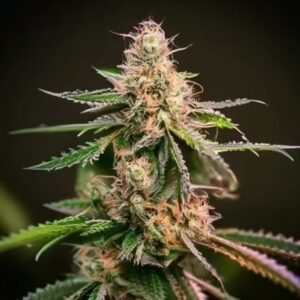


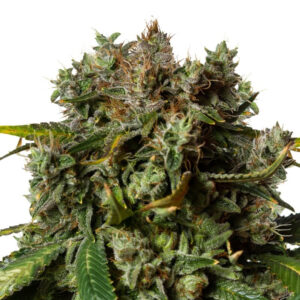

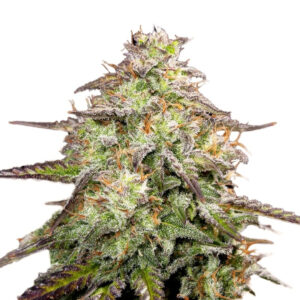
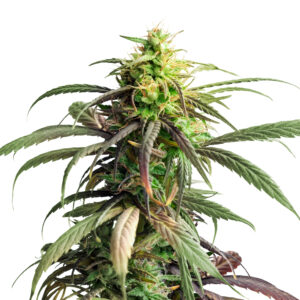






Related Posts

Beyond all the negativity that some news networks are broadcasting about marijuana they can’t stop some of the miraculous stories coming out about how marijuana is the saving grace of some people with serious illnesses.
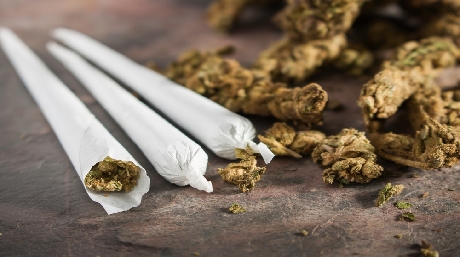
Many people who are curious about smoking weed (cannabis, marijuana), wonder what does it feel like to be high or stoned. Well, let’s find out!

Explore the synergy between CBD and sunscreen for unparalleled skin protection. Learn how CBD’s anti-inflammatory and antioxidant properties boost sunscreen effectiveness, offering a holistic approach to safeguarding skin from harmful UV radiation while promoting skin health and rejuvenation.